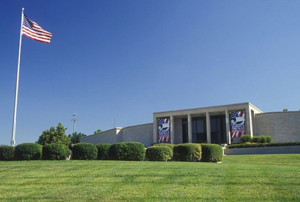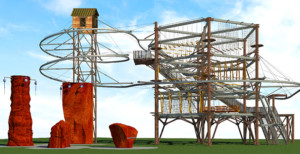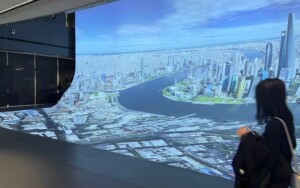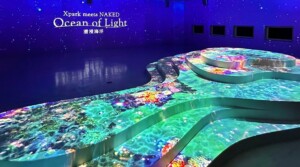New patents from PayPal show how augmented reality could be used for commerce transactions in a way that would provide a range of new revenue opportunities for visitor attractions.
The first patent, filed in 2016, describes an “augmented reality view of product descriptions”. The software would be able to overlay product information and purchasing options onto physical objects.
The patent’s description states: “In a system for presenting augmented reality views of product instructions a method may include receiving a request from a client device, the request including image data.
“The method may further include identifying an object in the image data and generating an augmented reality view of the identified object. The method may further include transmitting the augmented reality view to the client device.”
The “client devices” mentioned are later defined as laptops, tablets and mobile phones.
This technology would have numerous potential uses at attractions. Visitors walking round museums could look at artefacts and see additional descriptions or facts in their AR display.
It could also provide links to associated products for sale in the gift shop, even letting the visitor purchase items online while they continue to browse the museum.
The second patent, granted in February of this year, is titled ‘Using augmented reality for electronic commerce transactions’.

This patent is described as: “Systems, methods, and computer program products for identifying objects of interest and providing relevant information about the objects of interest using augmented reality devices are disclosed.
“For example, a computer-implemented method may include identifying an object of interest among a plurality of objects present in an image view, determining real-time information for the object of interest based on the identifying, presenting the determined real-time information for the object of interest as part of the image view, and processing a transaction involving the object of interest based on a user selection associated with the image view.”
A drawing included with the patent shows a person using a mobile phone or a pair of augmented reality glasses to interact with a bus to find out its route and fare details.
Theme parks could make interesting use of this technology. Imagine queue time updates popping up into guest’s displays as they explore the park and look at each ride. Or menus for food outlets along with the ability to pre-order food for collection.
Ramsey El-Assal, senior vice president and fintech analyst at Jefferies, told CNBC that he doesn’t expect PayPal to roll out an AR product based on the patents in the near future as it is likely not yet practical.
“As the physical and digital commerce kind of merge together, this patent makes it feel like PayPal continues to plan for that,” he said.
Source: https://www.cnbc.com/2018/04/27/heres-how-paypal-enabled-ar-glasses-could-work.html












